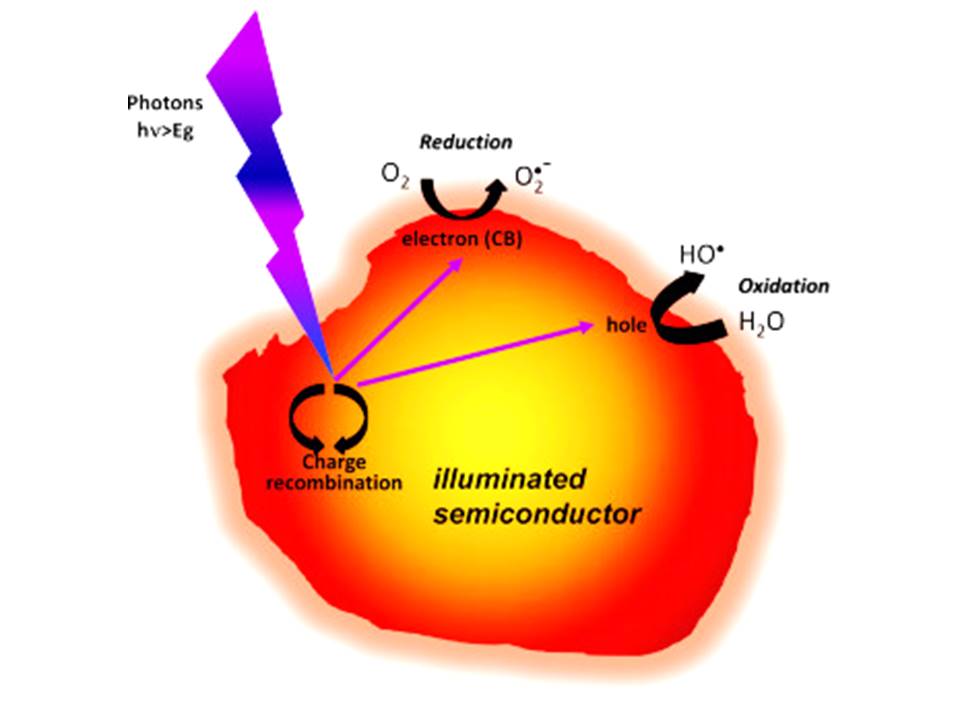Chemical Science & Engineering Research
Title
Solar Treatment in the Core of the New Disinfection Technologies
Authors
Djamel Ghernaout*a,b and Noureddine Elboughdiria,c
aChemical Engineering Department, College of Engineering, University of Ha’il, PO Box 2440, Ha’il 81441, Saudi Arabia
bChemical Engineering Department, Faculty of Engineering, University of Blida, PO Box 270, Blida 09000, Algeria
cDépartement de Génie Chimique de Procédés, Laboratoire Modélisation, Analyse, et Commande des systèmes, Ecole Nationale d’Ingénieurs de Gabès (ENIG), Rue Omar Ibn-Elkhattab 6029, Gabès, Tunisia
*Corresponding author E-mail address: djamel_andalus@hotmail.com (Djamel Ghernaout)
Article History
Publication details: Received: 03rd March 2020; Revised: 08th April 2020; Accepted: 08th April 2020; Published: 06th May 2020
Cite this article
Djamel G.; Noureddine E. Solar Treatment in the Core of the New Disinfection Technologies. Chem. Sci. Eng. Res., 2020, 2(4), 6-11.

Abstract
The shortage of obtaining secure potable water remains one of the greatest dares confronting humankind. Even with the mass universal endeavour that has been performed, the potable water fountains of at least 2 billion people are faecally polluted, conducting to more than half a million diarrheal deaths every year, with the majority taking place in poor nations. Consequently, techniques for demobilizing pathogens in the water stay of vital importance for humans. Nevertheless, traditional techniques to supply potable water, even if efficient, show restrictions that hinder their general use. Such treatment processes frequently possess elevated energy and chemical needs, which restricts their implementation for avoiding waterborne diseases. Such drawbacks have conducted for urgent investigation and expansion of advanced substitutional techniques. One such substitutional method is solar disinfection (SODIS), which is viewed as one of the most suitable techniques for assuring potable water in poor regions. This work contributes to present traditional techniques that are being utilized at medium to large scales to treat water and emerging technologies presently in expansion. Further, this communication presents briefly the advantages and shortcomings of such techniques. Special attention is accorded to SODIS, involving a fresh technique lately suggested in such domain.
Keywords
Solar disinfection (SODIS); Polyethylene terephthalate (PET); Reactive oxygen species (ROSs); Photo-Fenton technique; Water treatment; Disinfection